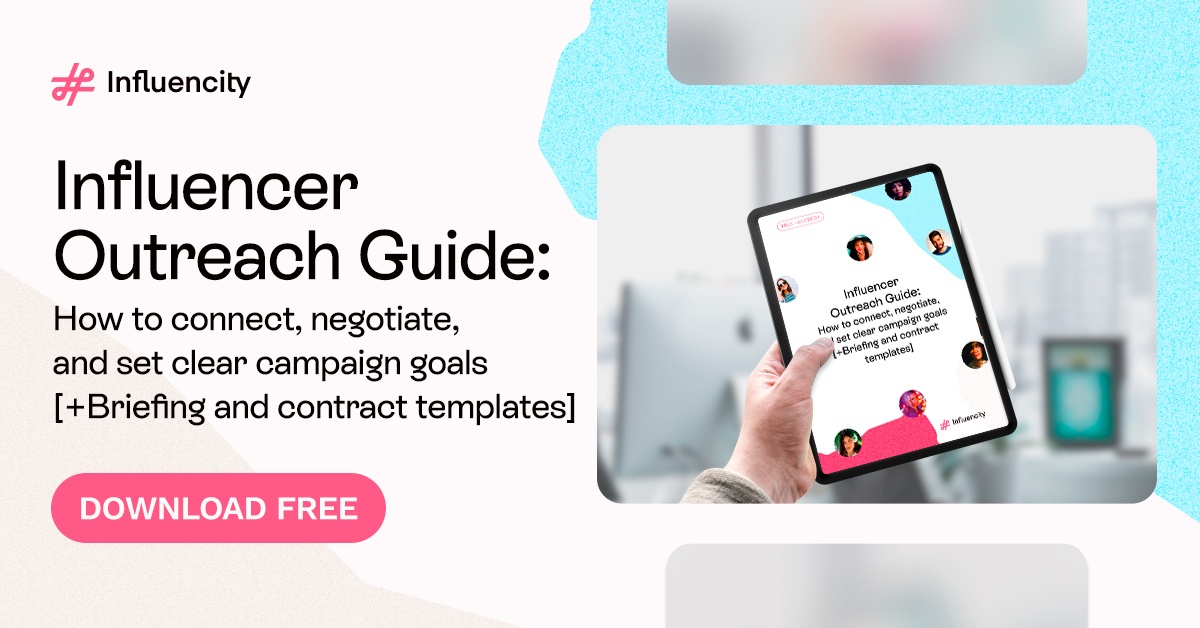What is Influencer Whitelisting and How Can your Brand Use it?
Influencer whitelisting is a relatively new technique that can help you enhance the ROI of your digital marketing campaigns. It serves as a bridge between organic and paid content so that you can amplify your content across a variety of platforms and expand the reach of your influencer campaigns.
Because this is such a new approach to influencer marketing, many brands aren’t yet aware of it. To help with this, we have created this short guide to tell you everything you need to know about what influencer whitelisting is, how it differs from paid partnerships, and how it can boost your brand exposure. We will also discuss the pros and cons of this technique to help you decide if could be a useful strategy for your influencer marketing campaigns.
What Is Influencer Whitelisting?
Influencer whitelisting is a relatively new marketing tactic that helps influencers and brands increase their reach on social media platforms. Put simply, it’s all about using social ad targeting to reach relevant and responsive audiences and expose the influencer to a larger audience.
Essentially, with this approach, a brand gets permission from an influencer to post paid content directly through their influencer profile. This helps the influencer reach a larger audience which, in turn, helps the brands they are indirectly promoting themselves obtain increased social proof, reach, and engagement.
Influencer whitelisting is currently available on a number of platforms. For example, on Facebook and Instagram, influencer whitelisting is known as creator licensing. With this feature, brands can access an influencer’s Facebook Ads Manager account and promote sponsored posts through both platforms simultaneously. TikTok is also working on its own creator licensing features, suggesting that influencer whitelisting is soon going to become a mainstream influencer marketing strategy.
How is that Different from Paid Partnerships?
Influencer whitelisting is not the same as a paid partnership. A paid partnership is an organic influencer post. The word ‘paid’ simply refers to the fact that the influencer is being paid by a brand to promote them. With influencer whitelisting, a brand pays the social media platform to promote an influencer’s post as a sponsored ad (aside from whatever they might be paying the influencer for access to their influencer account).
With influencer whitelisting, brands get more control over the content and campaigns they promote through an influencer. They also get more direct insights into how a campaign is performing through the analytics provided directly through the social media account.
What is Dark Posting?
Dark posting is promoted content that is not shared organically. These posts don’t appear on an influencer’s timeline or organic feed. Instead, they are only displayed to specifically targeted audiences as sponsored posts.
This can be a good option for whitelisting if an influencer doesn’t want their own feed and timeline to be cluttered with your sponsored posts. You can even re-post an influencer’s existing posts as dark posts if you want to re-promote one of the campaigns that they have already published for your brand without bombarding their usual followers with the same content.
What are the Pros and Cons of Whitelisting for a Brand?
Let’s end this short guide by looking at some of the pros and cons of using influencer whitelisting to promote your brand.
Pros:
- It’s a powerful way for you to boost the reach of the content that you promote through an influencer. And because you are using paid advertising, you can target specific demographics and reach a more relevant audience.
- You get increased exposure for your brand, increasing the benefits you get from influencer marketing.
- Using paid targeted ads also helps you build brand awareness.
- You get more control over an influencer’s campaign.
- You can access campaign metrics directly from an influencer’s social media account page.
- You can repurpose existing campaigns instead of creating new influencer campaigns from scratch.
- You can compare an influencer’s paid and organic posts to see which performs better.
Cons:
- Influencer whitelisting is not (yet) available on all platforms.
- If used too often, brands run the risk of oversaturating an influencer’s content feed and putting their followers off, unless they opt for dark posting.
- Similarly, if brands have more control over content this could take away from the authenticity that makes influencer marketing so valuable.
- There’s a risk you might target the wrong audience if you don’t use an influencer whose content aligns with your brand values or select the right demographics when formatting a paid ad through their profile.
- Your influencer might not be happy about providing access to their social media account. Even if they are happy, there is a degree of administration involved with assigning permissions.
- There is a risk of disputes relating to content usage rights unless you establish clear influencer whitelisting guidelines in your influencer agreement.

Tags:





















%20and%20How%20Can%20They%20Benefit%20Your%20Brand%20article.jpg?length=628&name=What%20Are%20Key%20Opinion%20Leaders%20(KOL)%20and%20How%20Can%20They%20Benefit%20Your%20Brand%20article.jpg)








